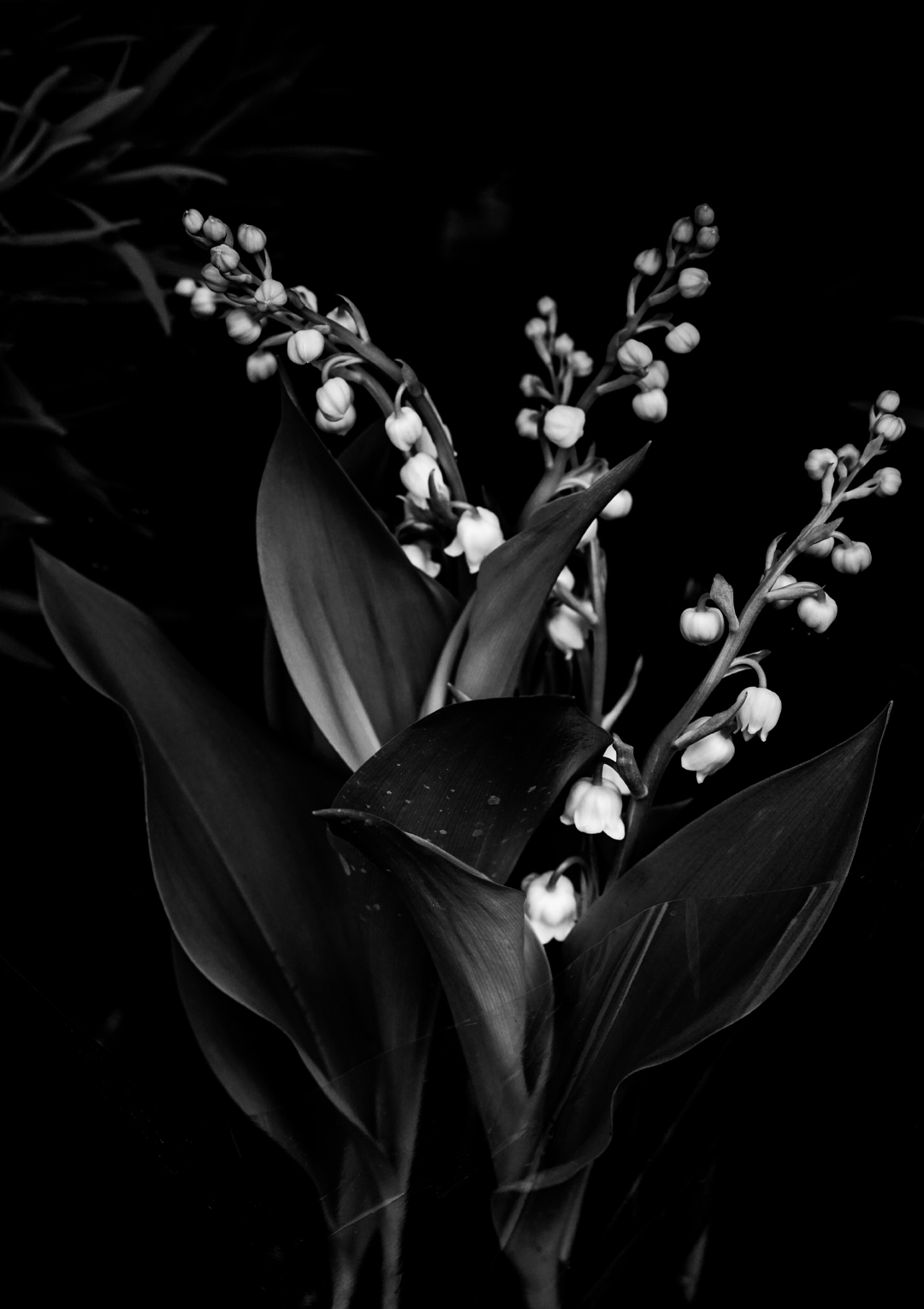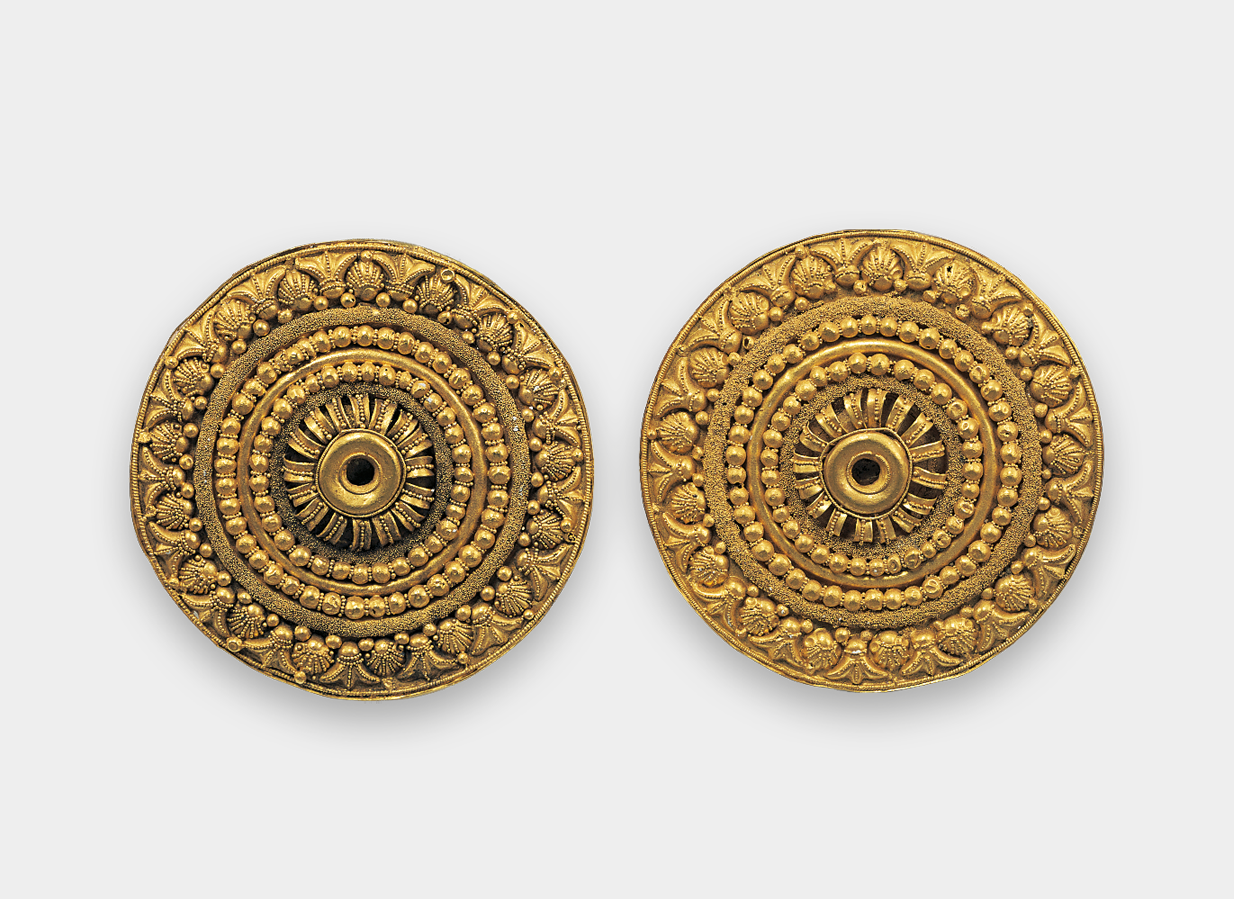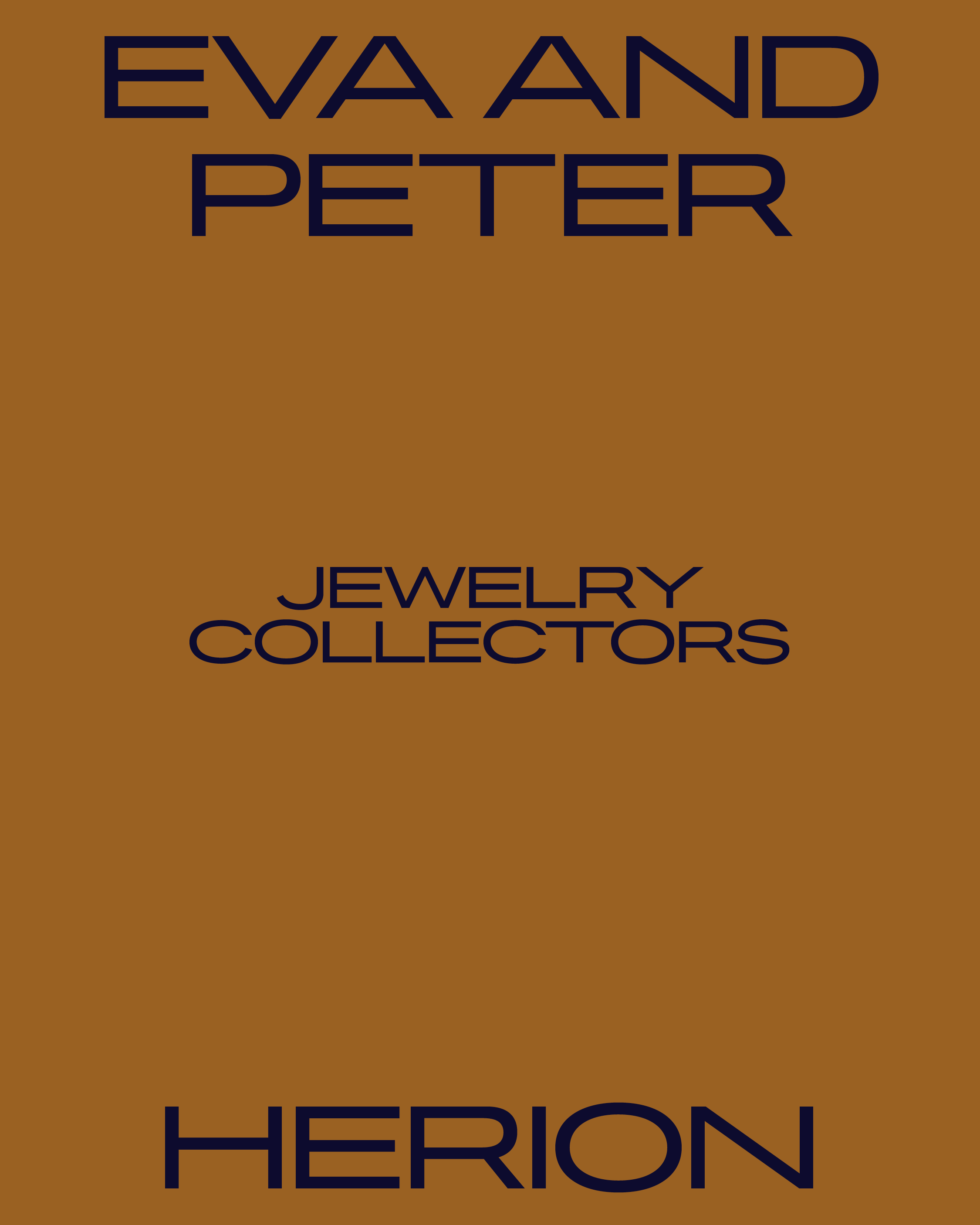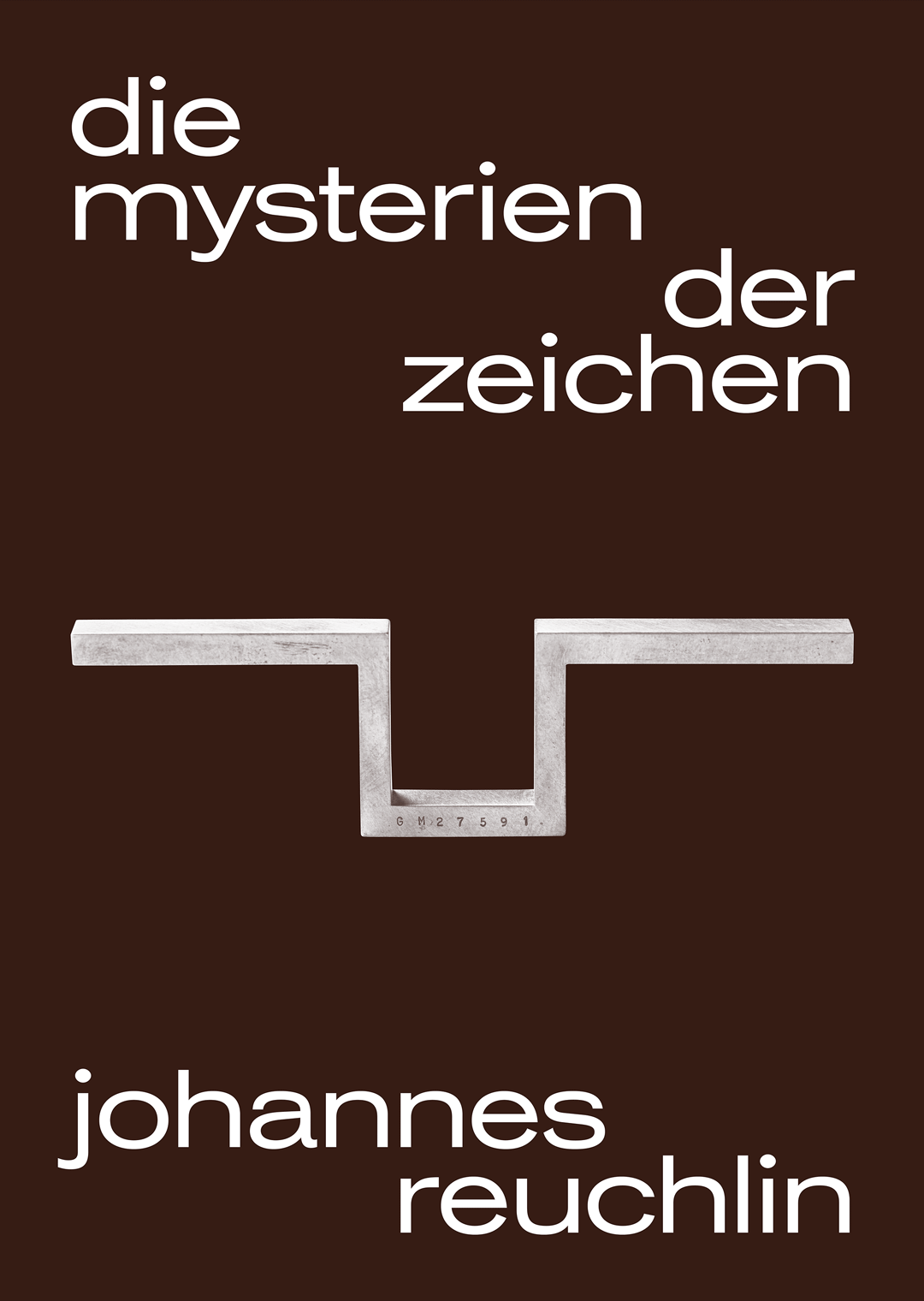Smelting
Smelting has been around for centuries and the earliest smelting pot, also known as a crucible, can be traced back to around the fifth millennium B.C. in Eastern Europe and Iran. In early human civilization, gold ore was mined from the earth and crushed with simple tools. The ore was then washed in water and smelted in earthen kilns.
Smelting pots were historically made from clay, although they can be constructed from any material that is able to withstand the high temperatures needed to melt the metal in the crucible. In the case of gold, its melting point is 1064°C and a graphite crucible is typically used because it has high resistance to chemical erosions and thermal shock.



